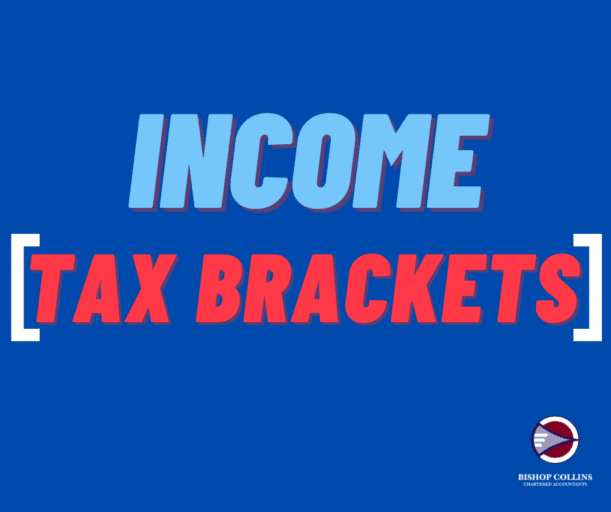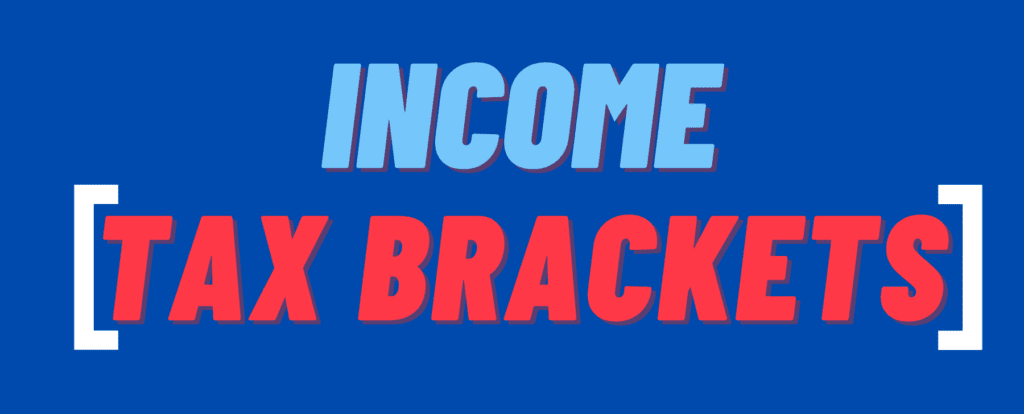
Juston Jirwander
Director Business Services
Income Tax Brackets 2021
Over the years we have seen many changes to the income tax brackets. Your taxable income is used to determine which tax bracket you fall into and therefore which tax rate you are required to pay.
Now is the time to be planning and considering how to manage your 2021 finances in a tax efficient manner. To do this it is important you are familiar with the income tax rates and tax brackets applying to you.
As part of the 2021-2022 Federal Budget, the Australian Government announced it will be extending the low and middle income tax offset (LMITO) for the 2021-22 income year. The pandemic was a driving force for bringing forward the date of this measure and by doing this, come tax time people will have more money in their pockets.
What is Income Tax?
Income tax is a portion of your income paid to the Government. It is calculated based on how much you earn within a financial year (1st July to 30th June), and any deductions or offsets you can claim.
The amount of tax you pay is based on the income tax brackets provided below.
Why do we pay Income Tax?
In Australia, our taxation system relies heavily on personal income tax. Personal Income Tax makes up 39% of Australia’s composition of taxes. This revenue raised is used to reinvest back into infrastructure, social security payments and public services such as health, education, and defence.
When you receive your notice of assessment you can see where your taxes have been spent.
Australia’s progressive Income Tax system
Australia has a “progressive” tax system, which means the more you earn the tax rate increases. We also have a high ‘tax free threshold’ at $18,200, which is followed up by increasing tax rates at higher income brackets. This means for example if your taxable income is over $180,000 for the year the amount of tax you pay is $51,667 plus 45c in the dollar for every dollar above $180,000.
Individual Income Tax Rates
The tables below show the income tax rates and the amount of tax payable in every dollar for each income tax bracket.
Resident Income Tax rates 2020-2021
| Taxable income | Tax on this income |
| 0 – $18,200 | Nil |
| $18,201 – $45,000 | 19 cents for each $1 over $18,200 |
| $45,001 – $120,000 | $5,092 plus 32.5 cents for each $1 over $45,000 |
| $120,001 – $180,000 | $29,467 plus 37 cents for each $1 over $120,000 |
| $180,001 and over | $51,667 plus 45 cents for each $1 over $180,000 |
Foreign Residents Income Tax Rates 2020-2021
These rates apply to individuals who are foreign residents for tax purposes:
| Taxable income | Tax on this income |
| 0 – $120,000 | 32.5 cents for each $1 |
| $120,001 – $180,000 | $39,000 plus 37 cents for each $1 over $120,000 |
| $180,001 and over | $61,200 plus 45 cents for each $1 over $180,000 |
Working holiday makers tax rates 2020-2021
These rates apply to working holiday makers income regardless of residency for tax purposes. You are a working holiday maker if you have a visa subclass:
- 417 (Working Holiday)
- 462 (Work and Holiday).
| Taxable income | Tax on this income |
| 0 – $45,000 | 15% |
| $45,001 – $120,000 | $6,750 plus 32.5 cents for each $1 over $45,000 |
| $120,001 – $180,000 | $31,125 plus 37 cents for each $1 over $120,000 |
| $180,001 and over | $53,325 plus 45 cents for each $1 over $180,000 |
None of these tabled rates include the Medicare levy of 2%
Low and Middle Income Tax Offset
The low and middle income tax offset amount is between $255 and $1,080.
The full offset is $1,080 per annum but you might not be entitled to the full $1,080. The base amount is $255 per annum.
This offset is available for the 2018–19, 2019–20 and 2020–21 income years.
If your taxable income is between $37,001 and $126,000, you will get some or all of the low and middle income tax offset. This is in addition to the low income tax offset.
The amount of offset you receive depends on your circumstances, such as your taxable income and how much tax you have paid.
The table and graph below show the amount of the offset you are entitled to depending on your taxable income.
| Taxable income | Offset |
| $37,000 or less | $255 |
| Between $37,001 and $48,000 | $255 plus 7.5 cents for every dollar above $37,000, up to a maximum of $1,080 |
| Between $48,001 and $90,000 | $1,080 |
| Between $90,001 and $126,000 | $1,080 minus 3 cents for every dollar of the amount above $90,000 |
Help to calculate and determine your Income
If you are an Australian resident for tax purposes any income you earn above the tax-free threshold can be taxed, regardless of if it was paid in cash, cheque or electronically.
Taxable income includes all the below:
- Salary and wages
- Tips and gratuities
- Interest from bank accounts
- Work allowances, such as for travel, clothing, laundry and your vehicle
- Dividends and capital gains from your investments
- Bonuses
- Overtime payments
- Commissions
- Pensions
- Rent
There are a small group of payments which are not taxable. These include:
- Some Government pensions
- Certain overseas payments and allowances for Australian Defence Force and Federal Police employees
- Govt education payments for students under 16
- Some scholarships or grants
- Particular insurance policy payouts
- Child support or child maintenance payments
- Govt super co-contributions
The ATO website also has an Income Tax Estimator to assist you to get an estimate of the amount of tax you need to pay.
How to reduce your taxable income?
There are a few legal ways you can attempt to reduce the amount of tax you pay each financial year.
In short, the main ways to reduce your tax are:
- Timing of your taxable income and allowable deductions
- Tax deductions
- Tax offsets
- Salary packaging
You can read more about these measures in our article: How to reduce taxes in Australia.
Tax planning
It is always a good idea to seek professional advice from your Accountant at tax time.
The rules around the ways you can legally reduce your income tax can be complex and if you knowingly claim a deduction that you are not entitled to you may be penalised by the ATO.



